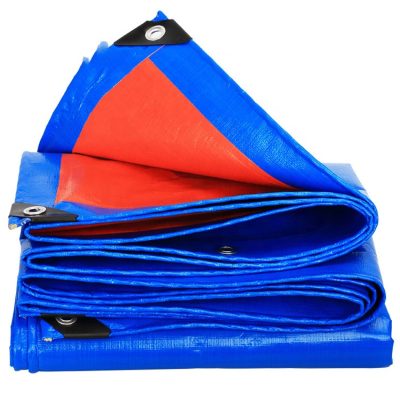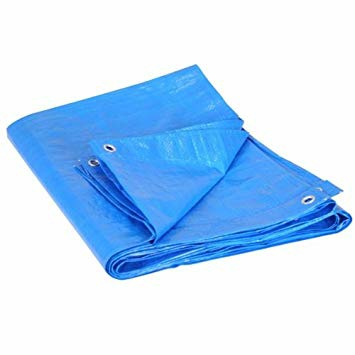Using polyethylene (PE) tarpaulin can be an effective way to protect your assets from various environmental elements and hazards. Tarpaulins made from PE are known for their durability, water resistance, and versatility. Here are some ways you can use PE tarpaulin to protect your assets:
- Outdoor Equipment: Covering outdoor equipment such as boats, cars, motorcycles, and gardening tools with PE tarpaulin can shield them from rain, snow, sunlight, and dust, preventing rust, fading, and other damage.
- Construction Sites: PE tarpaulin can be used to cover building materials and equipment at construction sites, protecting them from rain and wind. It can also be used to create temporary shelters for workers.
- Furniture and Appliances: When moving or storing furniture and appliances, wrapping them in PE tarpaulin can safeguard them from scratches, moisture, and dirt.
- Camping and Outdoor Activities: When camping, a PE tarpaulin can serve as a groundsheet or rain shelter. It keeps your gear and the ground dry in wet conditions.
- Agricultural Use: PE tarpaulins are commonly used in agriculture to protect crops from adverse weather conditions. They can also be used to cover hay or as ground covers in nurseries.
- Industrial and Warehouse Storage: In warehouses and factories, PE tarpaulins can be used to cover and protect machinery, raw materials, and finished products from dust and moisture.
- Event Protection: For outdoor events like fairs, concerts, or festivals, PE tarpaulins can be used to create temporary canopies or cover stages and equipment, providing protection from sun and rain.
- Pool and Pond Covers: Covering pools and ponds with PE tarpaulin during the offseason prevents debris from falling in, reduces evaporation, and helps maintain water quality.
- Emergency Situations: In emergency situations, PE tarpaulins can be used for temporary shelter, as ground cover for makeshift medical stations, or for protecting supplies from the elements.
When using PE tarpaulin to protect your assets, it’s essential to choose the right size and thickness for your specific needs. Additionally, secure the tarpaulin properly to prevent it from being blown away by strong winds or heavy rainfall. Regular maintenance, such as cleaning and inspecting for tears or damage, will also ensure that the tarpaulin continues to provide effective protection for your assets.


















